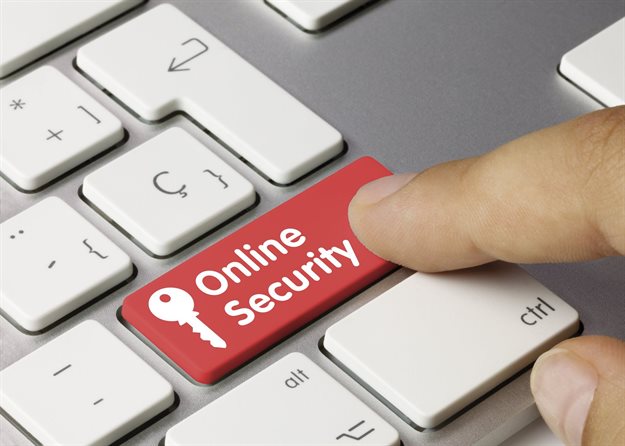
Top stories






More news

Marketing & Media
IAB SA: 6 key trends impacting influencer marketing
Casey Mantle,Dashni Vilakazi,Jolene Roelofse & Sanesh Maharaj 23 hours

Marketing & Media
Adelaide Tshabalala | Why community managers are the digital Queen Bees
Adelaide Tshabalala 22 hours

Marketing & Media
Q&A with Sinenhlanhla Mdiya on Basa’s new corporate identity

























